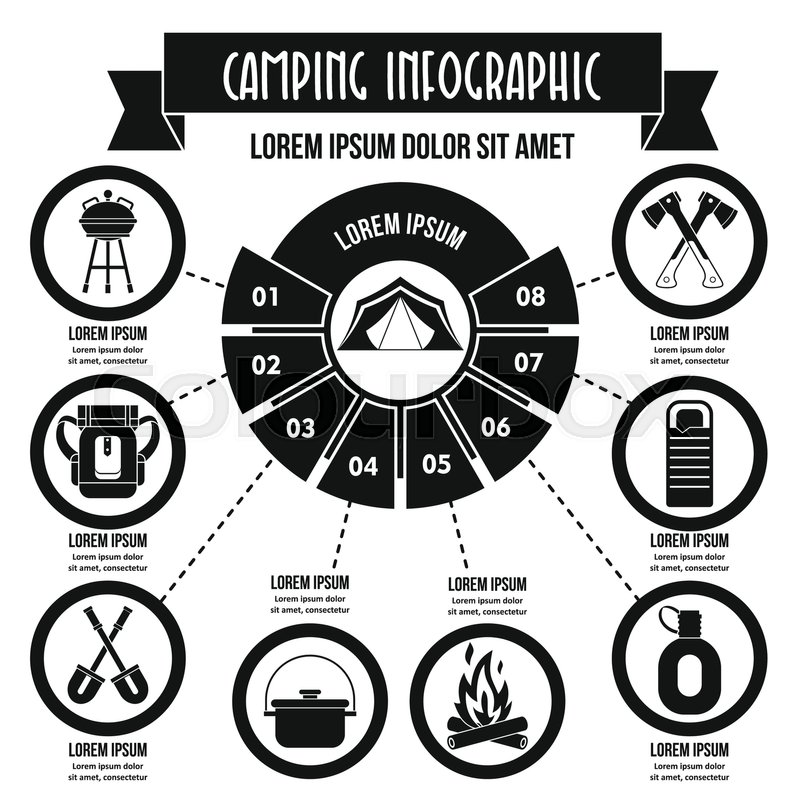Yes, wall tents supply an excellent camping experience in the backcountry. Nonetheless, wintertime camping can be testing in extreme conditions.
The trick to successful winter season camping is insulation. Insulation quits heat transfer and traps body heat inside. Insulation materials need to feature both air pockets and reflective abilities. These are best for outdoor tents walls and roof coverings.
Develop a Snow Windbreak
Using snow itself to develop a barricade versus the wind can help shield your camping tent from damages and chillier air. Make the wall surface high sufficient to quit the winds however not too high so it doesn't topple over on itself. This is an enjoyable method to welcome the spirit of wintertime camping and will certainly also include a little bit much more insulation to your camping tent.
The place of your camp website plays a vital role in tent insulation too. Seek a place that has a natural wind break like dense trees or shrubs. These areas will trap warm air inside and avoid it from blowing away.
Insulation is any type of material that stops or slows down warm transfer, so it is very important to utilize it anywhere feasible. Camping tent wall surfaces are particularly susceptible to heat transfer and must be covered in the best insulation you can discover. This will keep the cool air from entering your tent and avoid temperature from leaving.
Place a Bivvy Sack on Your Sleeping Bag
Wintertime outdoor camping is a challenge yet it doesn't need to be unbearably cold. By using a couple of straightforward hacks to insulate your camping tent, you can stay clear of frigid fingers and chilly air via the night.
Insulation works by quiting or reducing heat transfer. To do this, the material needs to be breathable adequate to permit water vapor created by your body to pass through it.
The most reliable insulation products are made from a combination of wool, silk, and cotton blends. If you do not have any one of these offered, utilize a layer of dried fallen leaves, want needles, or straw to produce a protecting mat under your resting bag. This will also aid protect against chilly air currents from distributing your temperature right into empty space beneath you. If you're intending to sleep in a bivvy, choose a layout that enables you to crawl in feet first or that has a side-entry. These designs are less complicated to get in and out of than a front entry hooped bivy.
Place a Tarp Impact
Wall surface tents personify the spirit of experience and comfort in the open airs. Their long lasting frames and sturdy materials make them a best option for hunting journeys, camping with household and winter hideaways. However, they require to be appropriately prepared for winter months camping to maximize their efficiency and sturdiness.
Investing in a top quality tarp impact is one of one of the most crucial things you canvas tote can do for your wall surface tent for wintertime camping. This sturdy tarp rests under your tent, developing an insulating obstacle between the chilly ground and your tent. This stops moisture and valuable temperature from getting away downwards.
Many makers offer tarpaulin impacts that are developed to fit details sizes of wall surface camping tents. These are a fast and easy means to prepare your tent for the wintertime outdoor camping season.
Insulate the Roof covering
The roof covering of a wall surface camping tent is one of the most difficult component to shield. This is because of the big location that radiates warm and the amount of heat called for to warm up the room. There are a number of methods to insulate the roofing system of a wall tent. You can make a tarp to cover the roof or you can make use of coverings of protecting material. You can sew or velcro the blankets in position before you pitch your camping tent and you can additionally use aluminum foil foam sheets to line the tent's ceiling.
The air pockets that are caught in snow make it a superb insulator. This is why wild animals and even stray canines will certainly typically delve in the snow when it's cold outside. It's additionally the reason that Inuit people made igloos to stay in for months at a time during the winter. You can use this idea to your own log cabin, too. In fact, if you can chink your cabin walls with mud, this will certainly aid to keep it warmer.
